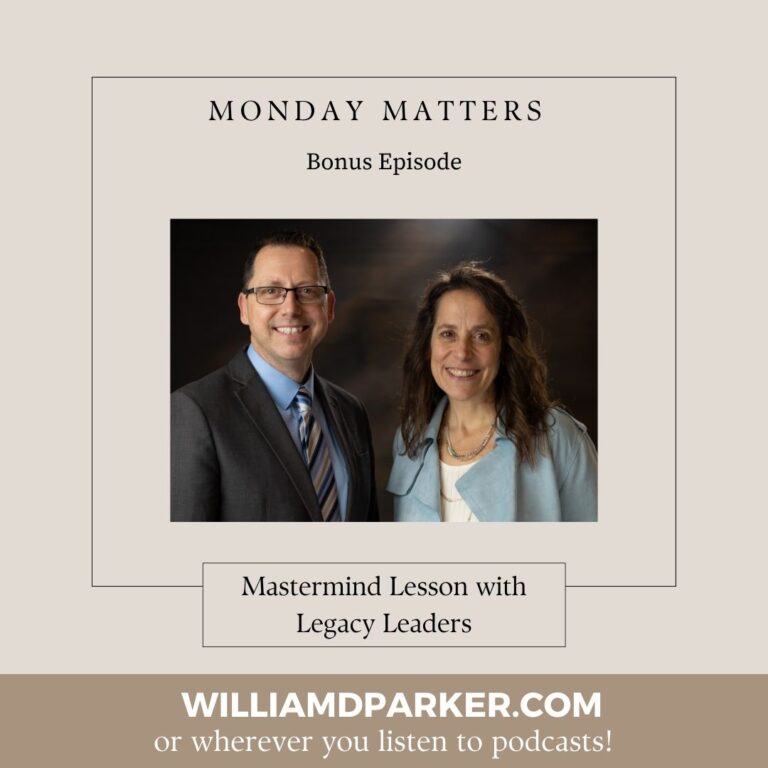Podcast: Play in new window | Download
One of my favorite illustrations of the brain is not from a science magazine.

It is from a Mercedes Benz advertisement. In it you see a painting of the brain with the left side showing scaffolds, numbers, and graphs–a sample of analytical thinking. The right side of the brain is painted with vivid colors, swirls, and faces–an explosion of creativity.
I like to think of that brain illustration when I talk about school leadership because I believe strong leaders must consistently use both sides of their brains. You must have strong processes, procedures, and guidelines in place (left side of brain) while you also encouraging relationships, creativity, and innovation (right side of the brain).
This week’s podcast is a recording of a recent webinar I hosted concerning three topics that focus on creating the processes necessary for students to thrive.
Part 1: Making Everyday a First Day
Part 2: Using Key Responsibility Areas
Part 3: Helping Students Flourish
You can hear the entire podcast recording here or watch the video of the webinar, but here’s is a summary of the show notes:
Making Everyday a First Day
When is the last time you looked at your school from the eyes of a new student or outsider? How can you keep that fresh perspective for everyday so that your team is crystal clear on the culture and expectations?
By using the stories of students Sarah and Billy, we explore what life is like for students in places where schools clearly define expectations versus places that don’t. And we explore seven questions every student asks about his or her teachers:
1. Am I in the right room?
2. Where am I supposed to sit?
3. Who is the teacher as a person?
4. Will the teacher treat me as a human being?
5. What are the rules in this classroom?
6. What will I be doing this year?
7. How will I be graded?
But students aren’t the only ones who need clarity. Teachers and staff also want to know:
1. What is my schedule?
2. What extra duties, assignments or activities might I expect?
3. Who is my administrator as a person?
4. Will he/she treat me as a human being?
5. What are the expectations, procedures, policies in our school?
6. What am I expected to accomplish this year?
7. How will I be evaluated, mentored, graded or coached?
The importance of creating the best “first days” for students and staff is also realizing these questions need to be answered every day. Think through your school-wide processes from that fresh perspective and then decide what steps to take moving forward so that everyone in your school or organization has clarity on what to expect.
Key Responsibility Areas
Another challenge for school leaders often happens in managing non-instructional duties. Key Responsibility Areas can provide clarity and direction for your counselors, admin team members, secretaries and other non-instruction positions.
Check out the webinar slides for examples. When you develop KRA’s with your staff, you can also identify what areas of responsibility each person manages before school begins, but they also serve as guides throughout the school year.
KRA’s also help determine if you are duplicating services in any area or if one person may need to cross-train someone else on a specific task. Using KRA’s also helps provide clarity on expectations throughout the year and in end of year conversations or evaluations.
Helping Students Flourish
How would you describe your school’s ability to provide an environment where students flourish? Although no school is perfect, it is encouraging when you cultivate an environment where even the most at-risk students have supports and resources.
I’ll never forget the day one of my junior students came to see me about a math class where she was struggling. She was a student I had known since she was a freshman. When we had discovered how much she had struggled through middle school, we had placed her on a mentor team.
I treasured the talk because through it she began to realize she had grown into exactly the kind of student we had wanted to see her become. She was no longer the “at-risk” student; she had become the high-achieving student.
With that in mind, it is important to ask yourself: Is my school the kind of place where students can flourish? Here are four questions to help you think through reaching all students:
1. What processes are in place for identifying student needs?
2. What systems do you have for guiding or mentoring?
3. What outside resources are available for more support?
4. How are you celebrating success to create positive momentum?
None of us ever does this perfectly, but how can you be taking time to reflect with students, find answers to their unique challenges, and provide them with solutions that match their needs?
Let’s Wrap This Up
Using both sides of your brain may mean you are analyzing, strategizing, calculating…or innovating, creating, and celebrating. If you are making every day like a “first day,” identifying key responsibility areas for your team, or assessing ways to help all students thrive, you are thinking through the processes necessary for students, teachers, and staff to be a part of a school that is growing, learning, and thriving.
Now It’s Your Turn
Choose one question below to reflect on this week and then take action:
Sign-Up For Free Updates and Ebook
When you enter your email address below, you will automatically receive my newest posts and a free Ebook, 8 Hats: Essential Roles for School Leaders. Let’s keep learning together!
Subscribe for free weekly updates and receive free e-book!
(function($) {window.fnames = new Array(); window.ftypes = new Array();fnames[0]=’EMAIL’;ftypes[0]=’email’;fnames[1]=’FNAME’;ftypes[1]=’text’;fnames[2]=’LNAME’;ftypes[2]=’text’;}(jQuery));var $mcj = jQuery.noConflict(true);
Principal Matters–The Book!

School leaders are very busy, so each of the twenty-four chapters is designed as a quick-read and followed with take-action questions for follow-up or reflection. If you want practical ideas on understanding your purpose, managing school teams, dealing with challenges, and leading with courage, action, motivation, and teamwork, go HERE to pick up a copy for you or your team.
Messaging Matters

Harness the power of messaging to create a culture of acknowledgment, respect, and celebration. Written specially for leaders, this title is divided into three parts, helping readers to maximize their role as chief communicators with students, teachers, and parents and community. Each chapter includes suggestions for using digital tools to enhance messaging and ends with reflection questions and practical next steps.


